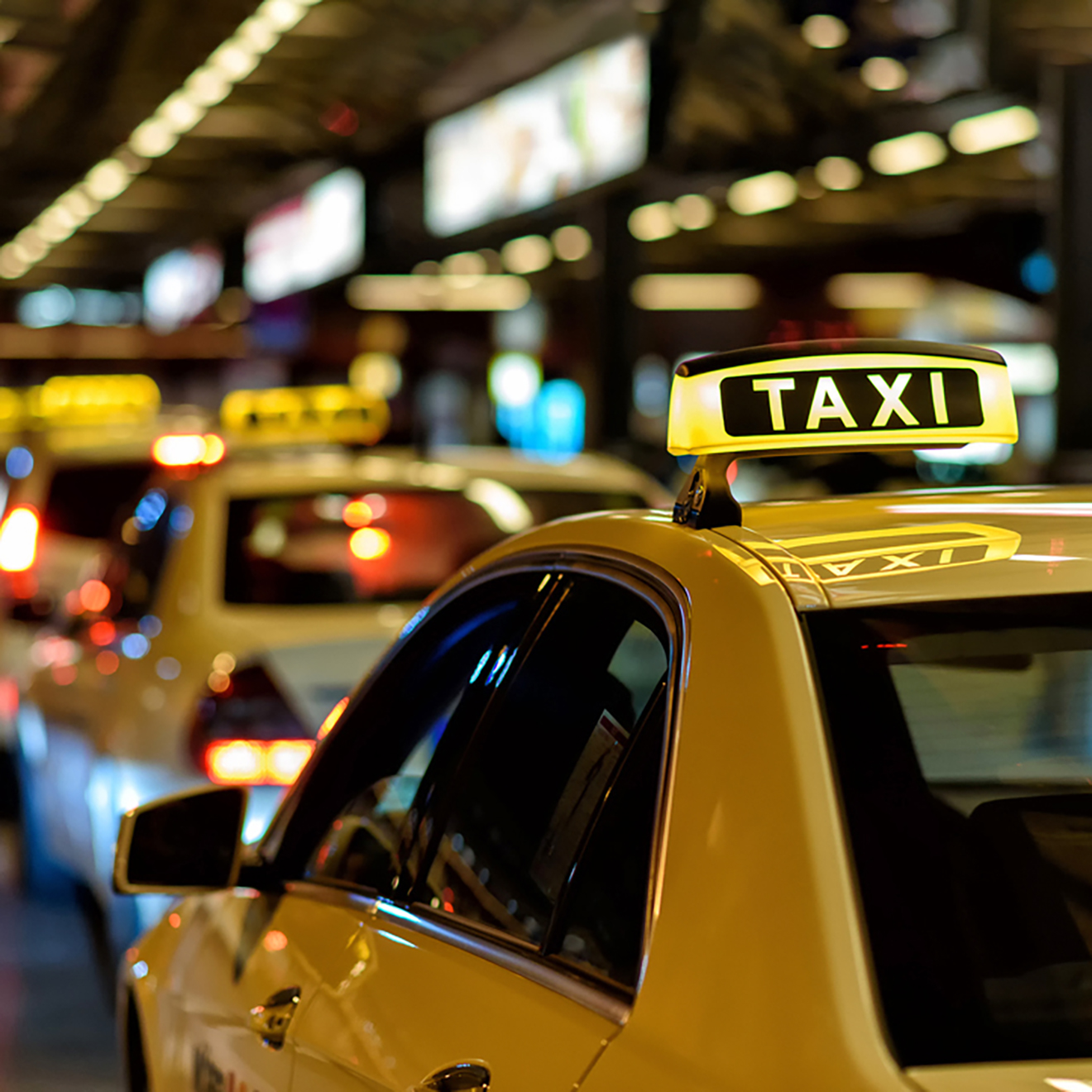Public transportation
Arshin’s smart systems can serve public transportation services in order to address their existing management challenges and optimize fleet’s performance. Since any change in the infrastructure of public transportation is an extensive, costly and almost irreversible, the hardware devices are required to be durable and lasting. Arshin’s devices using high quality industrial parts are ready to offer reliable services which last stable in a long time. Also, our software portals have very high scalability so that it can answer the need of public fleets with numerous users. In what comes next, a selection of Arshin’s solutions for public transportation will be described.

Location tracking of public transportation vehicles
Real-time awareness of location of each fleet’s vehicle is the first use of Arshin’s fleet management system which can be used in public transportation. Using this system, the fleet manager would always know the location of public vehicles on and off the working time. Hence, any personal use or violation of duties is determined quickly by the system and takes into account of the driver’s performance indicators. Furthermore, the parking spot of vehicles would be known during the night. If necessary, the start of vehicles can be conditionalized to the driver’s authentication through image processing, sound processing, fingerprint detection, or RFID card presentation. So, the exact time and amount of each driver’s use can be reported separately by the system.
Managing the presence in the assigned working area
One of the most important challenges in public transportation fleet is the lack of driver’s commitment to be present in the area which is supposed to serve by them. Arshin’s smart system is able to determine and assign a geofencing area for each vehicle and notify the manager and the driver in case of any violation. Therefore, the fleet managers may ensure that the vehicles assigned to a route or area, would not go on somewhere else based on the driver’s discretion. If in special circumstances, it is necessary that vehicles of one route become deployed to another route in order to reduce the passengers’ traffic, the mission description, tasks and routes can be assigned to the driver via the smart portal. Even Artificial Intelligence of the system can offer some suggestions to optimize the scheduling of fleet vehicles in the critical hours of travel demand (morning and afternoon).


Line management in stations
In the stations of taxi or sometimes bus, there is an issue to manage the turns of the cars in the line. The traditional solution is to put a supervisor in charge of line who is going to minimize the conflicts among drivers. However, using Arshin’s smart system enable the lines to be managed by the exact arrival time of each car to the station. So, the rights of all drivers are respected based on justice, and the line challenges and conflicts would be controlled to a large extent.
Analyzing behavior and reducing infractions of drivers
The awareness about habits and behavior of public transportation drivers, especially in case of intercity routes, is one of the most valuable services that Arshin offers to the fleet managers and officials in charge. At the moment, the most common way of such control over the speed limits happens through the traditional way of manually time registration at police stations. Certainly, this method does not take many risks into account, which occur due to driver’s careless or high-risk behavior in the distance between stations or cameras. Therefore, so many car accidents happen annually for light and heavy travelling vehicles. Arshin’s telematics system monitors and reports the driver’s behavior meticulously including indicators like sudden acceleration, sudden brake, violation of speed limit, spiral movement, etc. in real time. Hence, using this system will improve monitoring of drivers’ behavior and travelling security for passenger.


Online portal of driving records, quality and risk
This system can do online inquiry all the driving records and present them to managers and officials in charge. Also, the results of AI analysis about high-risk behavior and habits of driving are archived as well. Additionally, if it is possible to add a camera to the system’s setup, monitoring and process of personal behavior can be done as well as the car movement analysis. Therefore, violations or misbehaviors like smoking, inattention to road, using cell phone, unusual excitement, etc. can be detected as well as subconscious issues such as drowsiness, anger, nervousness, glucose drop, etc. As a result, the alert notification would be sent to the driver and the manager before any unfortunate event happens. Eventually, reduction of accident numbers would be the gift that this advanced technology brings to the public.
Smart notices about the arrival time of services
In many countries, public transportation vehicles are connected to the internet and traceable via common map services like Google Maps. So, the passengers are able to plan their trip schedule based on the current location and estimated arrival-to-station time of their desired services, whether bus, metro or taxi. Arshin’s devices are can connect to the smart user portal to serve similar services to the passengers. Moreover, in the case of need, the permission to access the profiles of drivers’ records and risk analysis can be given to the passengers so that they can decide about the suitable ride for their trip.


Maintenance management
Similar to other big fleets, public transportation is a set of so many vehicles and the maintenance costs are considerable. Such costs may increase by potential breakdown or depreciation if the routine services are not done on time and appropriately. By using this system, the optimized timing of services and parts substitution is determined based on their real performance and practical lifetime so that the need-to-service alert can be reminded to the driver and the manager. If the using parts are supplied in large scale and by a vendor, evaluation and ranking of suppliers and vendors would be possible based on the parts’ practical lifetime and combined expenses.
